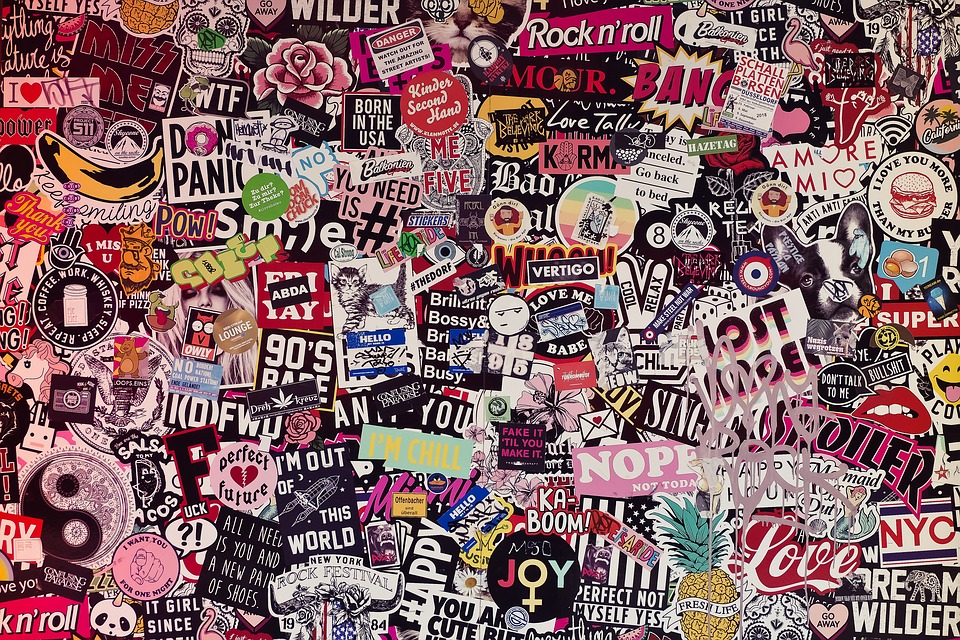
Advertising creation is probably the most exciting and sometimes the most hectic part of the advertising industry. Although one might think that advertising/ creative people are a bit weird, sometimes even called aliens because of their extravagance or eccentricity, there is nonetheless a lot of organization and structure in a creative team and they can even talk of ‘strategies’ which is a term more often heard in management departments.
Therefore, let us discover that thrilling aspect of the advertising industry and understand how it all comes to life!
The Design Process
Designers do not work in a disorganized way as many might think, in fact one of the first things design students learn is ‘The Process’ of designing, in other words: what are the logical sequence/steps that are needed to produce a final acceptable solution. The design process we will see is not only used in advertising, but is widely applied across other creative fields such as Architecture, Product design, Fashion design, Engineering among others. Thus, we can say that the design process is almost ‘universal’. Although there are a lot of variants to the process that some organizations customize according to their own work flow, the fundamentals always stay the same.
The most recognized process is:
- Define the problem
- Research
- Ideation
- Development and Refinement
- Final
- Evaluation
Define the Problem – Creative Brief
In the context of advertising, the first stage of the design process would be the brief – which is often written by the client, a marketing person, or a creative director. A brief is highly important as the rest of the project will depend on whether the problem has been well defined at the beginning. If it is too confusing, too vague, or misleading, the designers risk doing the wrong research and generating the wrong/irrelevant ideas. Therefore, it can be said that when writing a brief, the person writing it should be very precise, very clear and as explicit as possible.
One practical way to learn about creative briefs is to actually write one yourself. Below are some examples of real briefs written by professionals. Read and analyze them, pay attention to the headers, and the chronology of information.
Various templates exist, but in the end one has to bear in mind that the final objective of a brief is to give the designer maximum information as well as the right information so that he can generate ideas with the right parameters so that the final solution doesn’t become completely irrelevant to the client’s initial objectives.
Research
 The second stage of the design process is about research. Especially for beginners who have little experience with various products available on the market, it is important to carry out your research on the subject at hand. For example, you have been assigned the task of designing a magazine advert for the latest mobile phone manufactured by a company. Your research would be on the following:
The second stage of the design process is about research. Especially for beginners who have little experience with various products available on the market, it is important to carry out your research on the subject at hand. For example, you have been assigned the task of designing a magazine advert for the latest mobile phone manufactured by a company. Your research would be on the following:
- The mobile phone itself, its main features, its USP (unique selling proposition, i.e., the best pixel precision on the market), its main functionalities
- Competitors’ mobile phones competing in the same category, and also what was their competitor’s communication strategy.
- Research existing adverts about mobiles phones, the design trend for that kind of product
- A research (if not given from the client or a marketing dept.) on the target audience, their behaviour, their expectations from a mobile phone.
Carrying this research will allow the designer:
- To know what the competitors are doing in terms of advertising for similar products and even measure to some extent the success of that approach. If it was a negative response, the designer would avoid repeating the same mistake; if it was a successful campaign, analyze what have been the factors leading to that success.
- To know more about the product itself to know what feature(s) could be most important to highlight in the campaign.
In the end, the data will help the designer proceed to the next stage with more relevancy and thus generate ideas that are likely to connect with the client’s objectives/needs.
